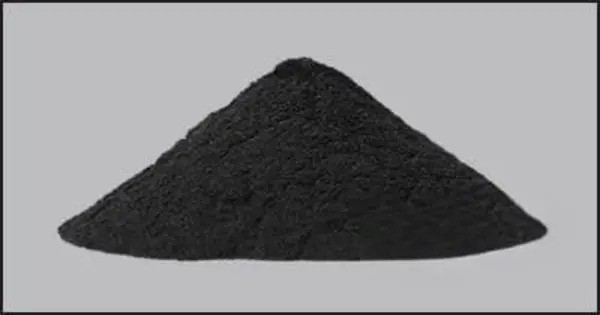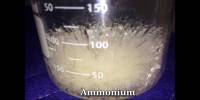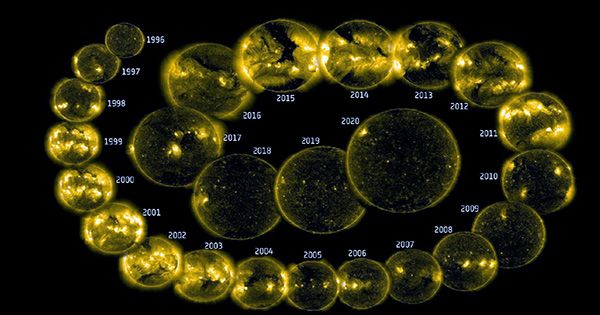Lanthanum nitride is a binary inorganic compound of lanthanum and nitride with the chemical formula LaN. It typically appears as a dark, solid material and is known for its high melting point and thermal stability. It is a hard, brittle material with interesting electronic and optical properties, making it useful in various applications. It is used in fields like electronics, ceramics, and as a potential material in high-performance superconductors and semiconductors.
Lanthanum nitride is reactive with water and acids, producing ammonia and lanthanum hydroxide. It is not found in nature, it is synthesized for its useful properties in industrial applications. Its high melting point and conductivity make it significant in advanced materials science.
Properties
Lanthanum nitride forms black powder that is insoluble in water. Their crystals are of the cubic system with the Fm3m space group. It is paramagnetic. It ypically appears as a gray to black powder. It is insoluble in water but can react with acids to form lanthanum salts.
- Chemical formula: LaN
- Molar mass: 152.912 g·mol−1
- Appearance: Black powder
- Density: 6.73 g/cm3
- Melting point: 2,450 °C (4,440 °F; 2,720 K)
- Solubility in water: Insoluble
- Electrical Conductivity: Exhibits semiconducting properties.
- Thermal Stability: Stable at high temperatures but can decompose in the presence of moisture.
Preparation
Lanthanum nitride can be prepared from the reaction of nitrogen and lanthanum trihydride:
2LaH3 + N2 → 2LaN + 3H2
It can also be prepared from the reaction of ammonia and lanthanum trihydride:
LaH3 + NH3 → LaN + 3H2
The reaction of nitrogen and lanthanum amalgam can also work:
2La + N2 → 2LaN
Chemical properties
Lanthanum nitride reacts with water and moisture from the air:
LaN + 3H2O → La(OH)3 + NH3
It reacts with acids:
LaN + 4HCl → LaCl3 + NH4Cl
Natural Sources
Lanthanum nitride does not occur naturally in significant amounts. However, lanthanum itself is found in minerals such as monazite and bastnasite.
Synthesis
Lanthanum nitride is typically produced through direct reaction of lanthanum metal with nitrogen gas at elevated temperatures. It can also be synthesized using ammonium lanthanate, which is then treated with a nitrogen source.
Uses
Used in various applications, including electronics (as a semiconductor), in the production of special alloys, and in catalysis. Gerbicidum. LaN is used as a LED material, magnetic material, semiconductor, refractory material, dyes, catalyst.
















